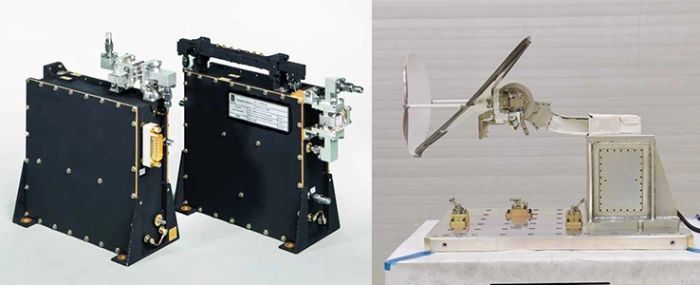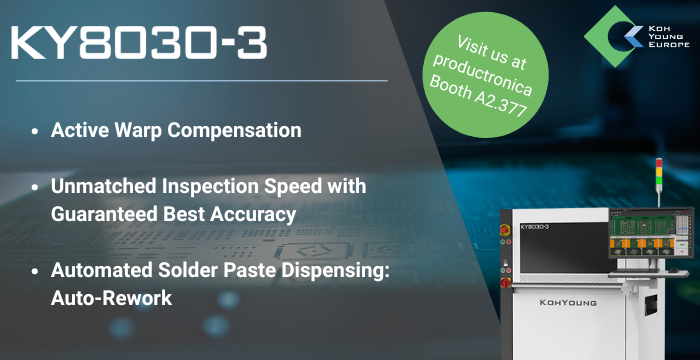
© Kongsberg
Electronics Production |
ISS-Broadband delivered by Kongsberg
Kongsberg equipment is to enable broadband transmission for the International Space Station (ISS) to 'significantly improve communication between the ESA astronauts manning the station and earth.
– This is a great benefit for the personnel onboard, and KONGSBERG is proud to deliver technology to the project, says Ingelin Drøpping, Executive Vice President of Kongsberg’s Space & Surveillance division states in a press release.
On February 14, 2020, the ESA Columbus Ka-Band Terminal (COLKa) started its journey to the International Space Station (ISS) orbiting earth. Here, the terminal will be installed on the European Columbus module, a science laboratory which is part of the ISS. It will then enable continuous signal transmission to the ground via the European Data Relay Satellite (EDRS) system.
– This will enable the European astronauts and scientists to exchange important information with ground stations in real time. They will benefit from higher bandwidth communications, faster delivery of scientific data and high definition video imagery, thanks to this terminal, says Ingelin Drøpping, Executive Vice President of Kongsberg’s Space & Surveillance division.
Kongsberg has been part of the team developing the terminal, through its Space & Surveillance division’s environment in Horten, Norway. The project has been headed by MDA Space and Robotics Limited, the UK division of MDA, a Canadian space equipment manufacturer.
– Our Space Electronics team in Horten, formerly known as Norspace, has developed, manufactured and delivered frequency converters. They are critical parts of the COLKa Ka band Inter-Satellite Link (ISL) terminal provided by MDA. The terminal itself offers the astronauts greater capacity and availability of broadband connection, as it is capable of speeds of up to 400mbps downlink and 50mbps uplink, says Ellen Tuset, Vice President Division Space in Kongsberg.
COLKa has been designed and integrated by MDA in the UK with both internal investment and funding provided by the UK Space Agency though the ESA Human Spaceflight program. Both Kongsberg and Antwerp Space have supported the project with significant investments in the development of key subsystems.



